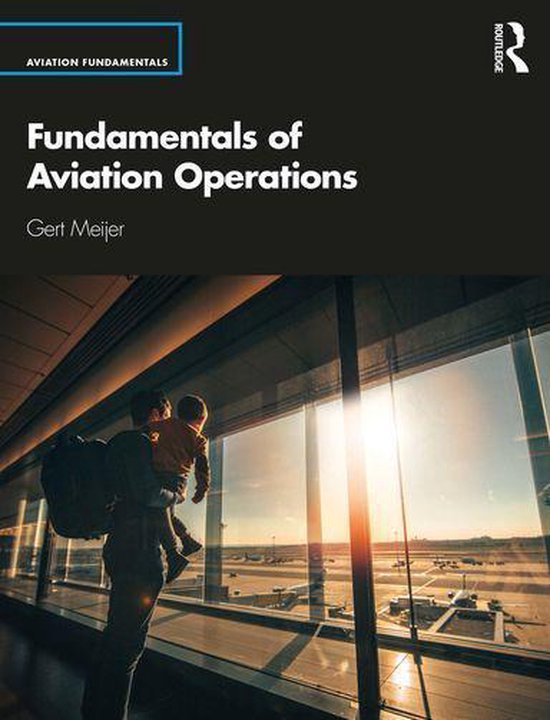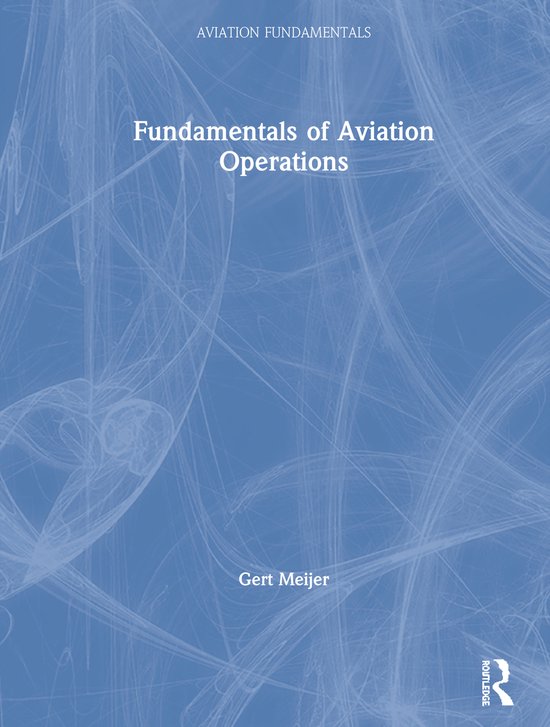
Flight Physics
This book contains a synthesis of the fundamental disciplines and applications involved in the description and analysis of aircraft flight. It covers introductions into the fields of atmospheric properties, applied aerodynamics, aircraft propulsion, flight performance, and stability and control. Since it emphasizes the practical side of flight physics, attention is duly paid to the historical development of aviation and specific aeronautical technologies.
The present text emphasizes the connection of all relevant aeronautical disciplines by presenting a carefully selected set of interrelated subjects. Most of these are treated by definitions of elementary concepts, descriptions of the various physical phenomena and mathematical derivations. Wherever possible and useful, explanations have been further clarified by including graphical illustrations, numerical examples and photographs.
The main body of the text applies to aircraft operating at fairly low speeds, where the compressibility of the atmospheric air is of secondary importance. A separate chapter is devoted to flight speeds approaching and exceeding the speed of sound. The large variety of existing aircraft categories has been narrowed down to (fixed-wing) aeroplanes with conventional take-off and landing performances. Elements of helicopter flight are reviewed in a separate chapter.
To encourage further reading, all nine chapters include a comprehensive list of related publications.
Knowledge is not merely everything we have come to know, but also ideas we have pondered long enough to know in which way they are related, and 1 how these ideas can be put to practical use. Modern aviation has been made possible as a result of much scienti c - search. However, the very rst useful results of this research became ava- able a considerable length of time after the aviation pioneers had made their rst ights. Apparently, researchers were not able to nd an adequate exp- nation for the occurrence of lift until the beginning of the 21st century. Also, for the fundamentals of stability and control, there was no theory available that the pioneers could rely on. Only after the rst motorized ights had been successfully made did researchers become more interested in the science of aviation, which from then on began to take shape. In modern day life, many millions of passengers are transported every year by air. People in the western societies take to the skies, on average, severaltimes a year. Especially in areas surrounding busy airports, travel by plane has been on the rise since the end of the Second World War. Despite becoming familiar with the sight of a jumbo jet commencing its ight once or twice a day, many nd it astonishing that such a colossus with a mass of several hundred thousands of kilograms can actually lift off from the ground.
| Auteur | | E. Torenbeek |
| Taal | | Engels |
| Type | | Paperback |
| Categorie | | Wetenschap & Natuur |





